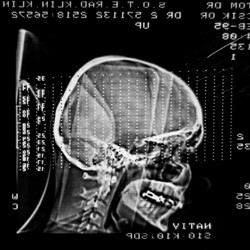Novel approaches to brain science
Doctors and neuroscientists use neuroimaging technologies in the diagnosis and treatment of brain injuries and disorders. Thanks to recent advances, they are better able to identify areas of injury and trauma to the brain. Research using such technology now also helps professionals to treat those with various learning, social and emotional disorders. Neuroimaging is bringing rapid developments in brain imaging techniques such as magnetic resonance imaging (MRI), positron emission tomography (PET) and electroencephalography (EEG), as well as in research and analysis. The field is still in its infancy, despite explosive progress. The EU-funded project 'Methods in neuroimaging' (NEUROPHYSICS) formed an interdisciplinary network of scientists to identify, combine and design new methods for neuroimaging by carrying out research and training activities. The overall goal was to place neuroimaging on the research map and drive forward the prevailing impact of the discipline. Team members focused on brain neuroimaging by placing special emphasis on approaches for clinical use. It used and operated MRI, PET and EEG scans and other technology made available for the project. The researchers were able to supply new imaging hardware, data acquisition and data analysis tools, as well as design new systems integration methods. The strong multidisciplinary and integrative research methodology of the NEUROPHYSICS network has opened up new brain imaging avenues. By introducing innovative clinical approaches to neuroimaging, the project is putting Europe at the cutting-edge of brain science.
Keywords
Brain science, neuroimaging, brain injuries, brain imaging




